Pregnant with twins or triplets? Cynthia DeTata — obstetrician at Stanford Health Care — answers the questions that will likely be on your mind while you’re expecting.
-
Tracking cycle
-
Getting pregnant
-
Pregnancy
-
Help Center
-
Flo for Partners
-
Anonymous Mode
-
Flo app reviews
-
Flo Premium New
-
Secret Chats New
-
Symptom Checker New
-
Your cycle
-
Health 360°
-
Getting pregnant
-
Pregnancy
-
Being a mom
-
LGBTQ+
-
Quizzes
-
Ovulation calculator
-
hCG calculator
-
Pregnancy test calculator
-
Menstrual cycle calculator
-
Period calculator
-
Implantation calculator
-
Pregnancy weeks to months calculator
-
Pregnancy due date calculator
-
IVF and FET due date calculator
-
Due date calculator by ultrasound
-
Medical Affairs
-
Science & Research
-
Pass It On Project New
-
Privacy Portal
-
Press Center
-
Flo Accuracy
-
Careers
-
Contact Us
Multiple Gestation: 6 Popular Questions Answered


Every piece of content at Flo Health adheres to the highest editorial standards for language, style, and medical accuracy. To learn what we do to deliver the best health and lifestyle insights to you, check out our content review principles.
Interview has been edited for clarity.
How common are multiple gestations?
Dr. DeTata says pregnancy with multiples is becoming increasingly common.
“In the US, about 3% of live births are twin deliveries. The rate of naturally conceived twins varies with geography and ethnicity. In Japan, the rate is 1.3/1,000 live births, in the US 8/1,000, and in Nigeria 50/1,000.”
She says older people are more likely to naturally conceive twins than younger people: “With our increasing age of parenting and infertility treatments, ‘iatrogenic,’ or medically induced twins, have become much more common.”
What are some possible complications of a multiple gestation pregnancy?
According to Dr. DeTata, almost any complication of pregnancy is more common with multiples except macrosomia (large babies) and postterm pregnancy (pregnancy continuing after the due date).
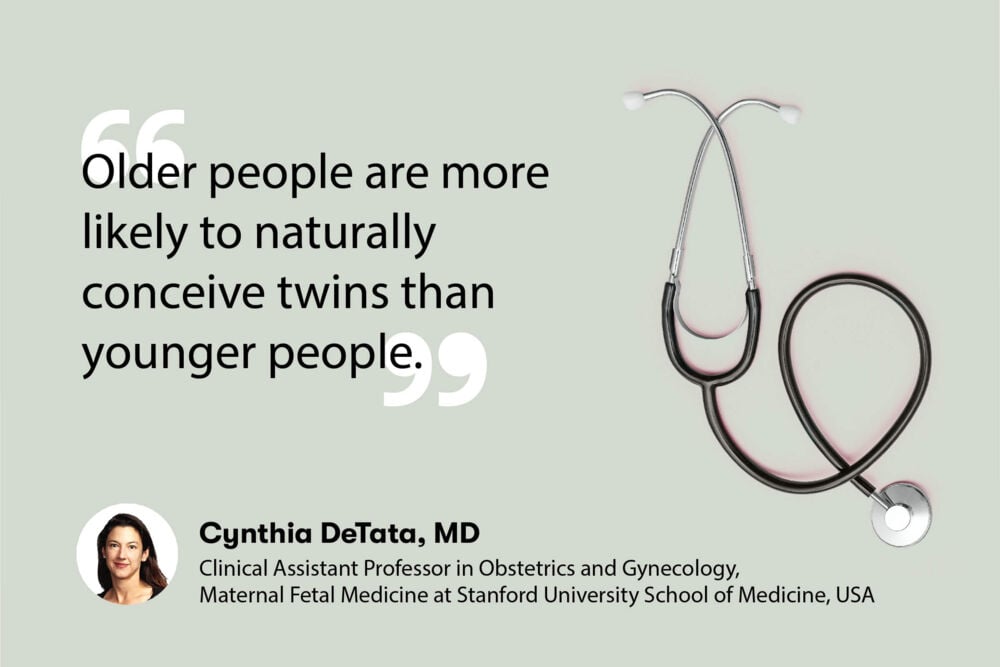
Take a quiz
Find out what you can do with our Health Assistant
Learn the day when you’re due with Flo’s accurate Due Date Calculator.
Some complications that are more common for a multiple gestation pregnancy include:
- Anemia
“First of all, having two babies and twice the placental mass can be a physical stress. It’s more likely to cause aches and pains, swelling, and fatigue. The increased iron requirements to support more than one fetus make anemia more likely too,” says Dr. DeTata.
- Gestational diabetes
The placenta affects maternal metabolism, and with multiples there is more placental mass, making gestational diabetes more common.
- Preeclampsia (toxemia)
The physical work of circulating blood through the placentas increases the risk of gestational hypertension and preeclampsia, or toxemia of pregnancy. These problems might also occur earlier in pregnancy than they might with a single fetus.
- Preterm labor
The increased weight of the pregnancy and stretching of the uterus increases the risk of preterm labor, premature rupture of membranes, and preterm delivery. “Over half of all twins are born prematurely (before 37 weeks). This risk is increased with triplets and quadruplets. Premature babies have more problems with eating, breathing, and fighting infections and are at increased risk of long-term problems such as developmental delay, blindness, or seizures,” says Dr. DeTata.
Dr. DeTata advises seeking care from a health care provider who is experienced and knowledgeable about twin pregnancy. “They need to plan for additional appointments and monitoring, and they may need to stop work early in order to have the best chance of a healthy pregnancy.”
What are the risks to the fetus in a multiple pregnancy?
Dr. DeTata explains that in multiple gestations, the babies compete for nutrition, and one baby may grow more than the other.
“If one baby is not growing well, your health care provider might recommend an early delivery for the sake of that twin. Unfortunately, it is not possible to deliver only one of the twins and leave the other one inside.”
Placental problems are more common in multiple gestations, such as placenta previa, placental abruption, and twin-twin transfusion.
Spontaneous twins have an increased risk of genetic problems and birth defects.
Labor is also riskier, with an increased risk of operative delivery as well as an increase in postpartum hemorrhage, Dr. DeTata says.
Will a multiple pregnancy affect labor and delivery?
According to Dr. DeTata, people who are pregnant with twins are more likely to need a cesarean delivery for many reasons. However, she says that you might be able to attempt a vaginal delivery in two situations:
- Both babies are head down, or vertex.
- The first baby is head down, and the second baby is smaller than the first baby (they can be in any position).
How much weight should I gain during pregnancy?
Being pregnant with twins requires more weight gain than being pregnant with a single baby, says Dr. DeTata. The weight gain recommendations are made according to BMI:
| BMI | Weight gain |
|---|---|
| < 24.9 (normal or underweight) | 37–54 pounds, or 18.8-24.5 kg |
| 25–29.9 (overweight) | 31–51 pounds, or 14.1-22.7 kg |
| > 30 (obese) | 25–42 pounds, or 11.1-19.1 kg |
Breastfeeding multiples: How to do it?
Breastfeeding can be a challenge for mothers of multiples, particularly if the babies have problems with their health or growth, or are born prematurely.
However, Dr. DeTata says that many people are able to breastfeed twins and triplets without additional supplementation.
At first, it might be necessary to feed one baby at a time, particularly after cesarean delivery, which makes it hard to move around.
After learning to breastfeed together with the babies, it is possible to feed two babies at once. “Breastfeeding benefits all babies, and the breastfeeding parent as well,” says Dr. DeTata.
“Since babies from multiple gestations are more likely to be born early, the benefits of breastfeeding are even more important to help them be as healthy as possible.”
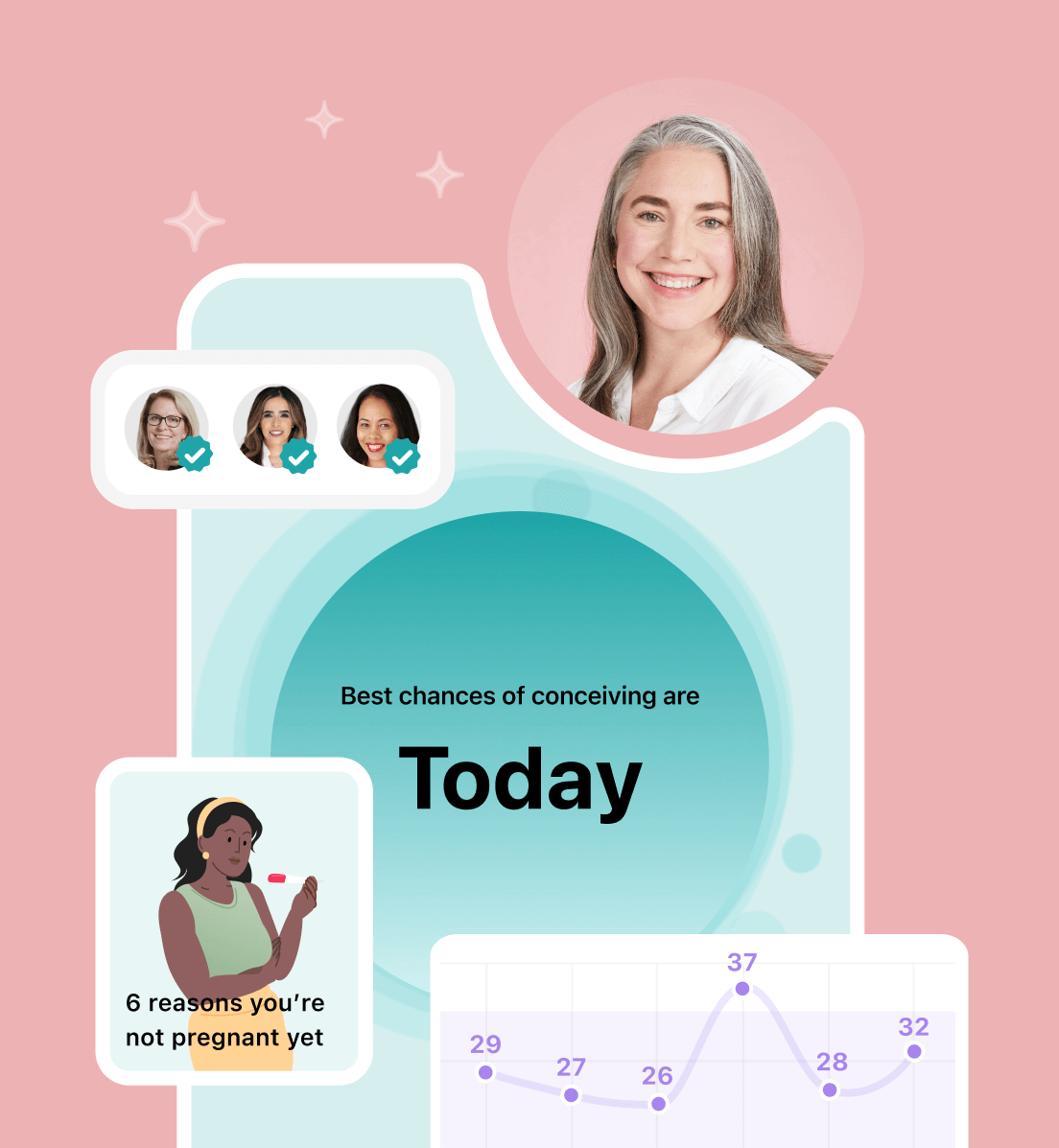
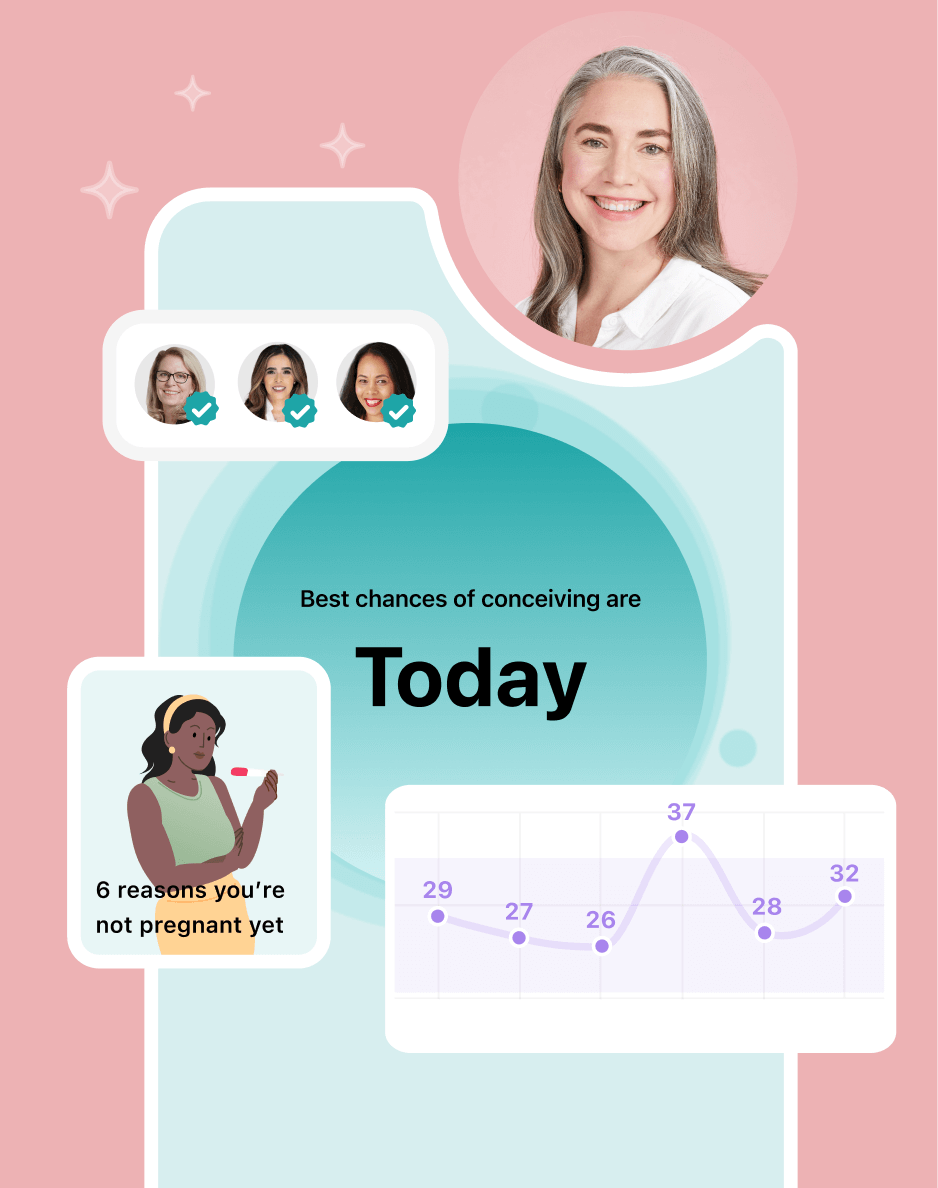
Hey, I'm Anique
I started using Flo app to track my period and ovulation because we wanted to have a baby.
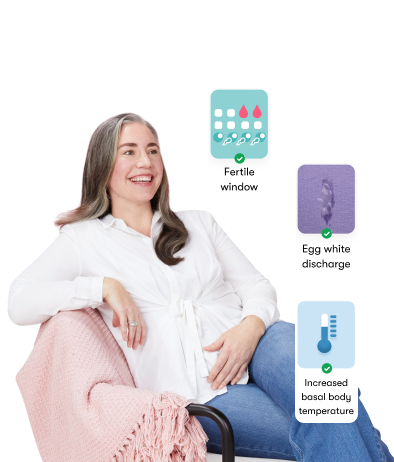

The Flo app helped me learn about my body and spot ovulation signs during our conception journey.
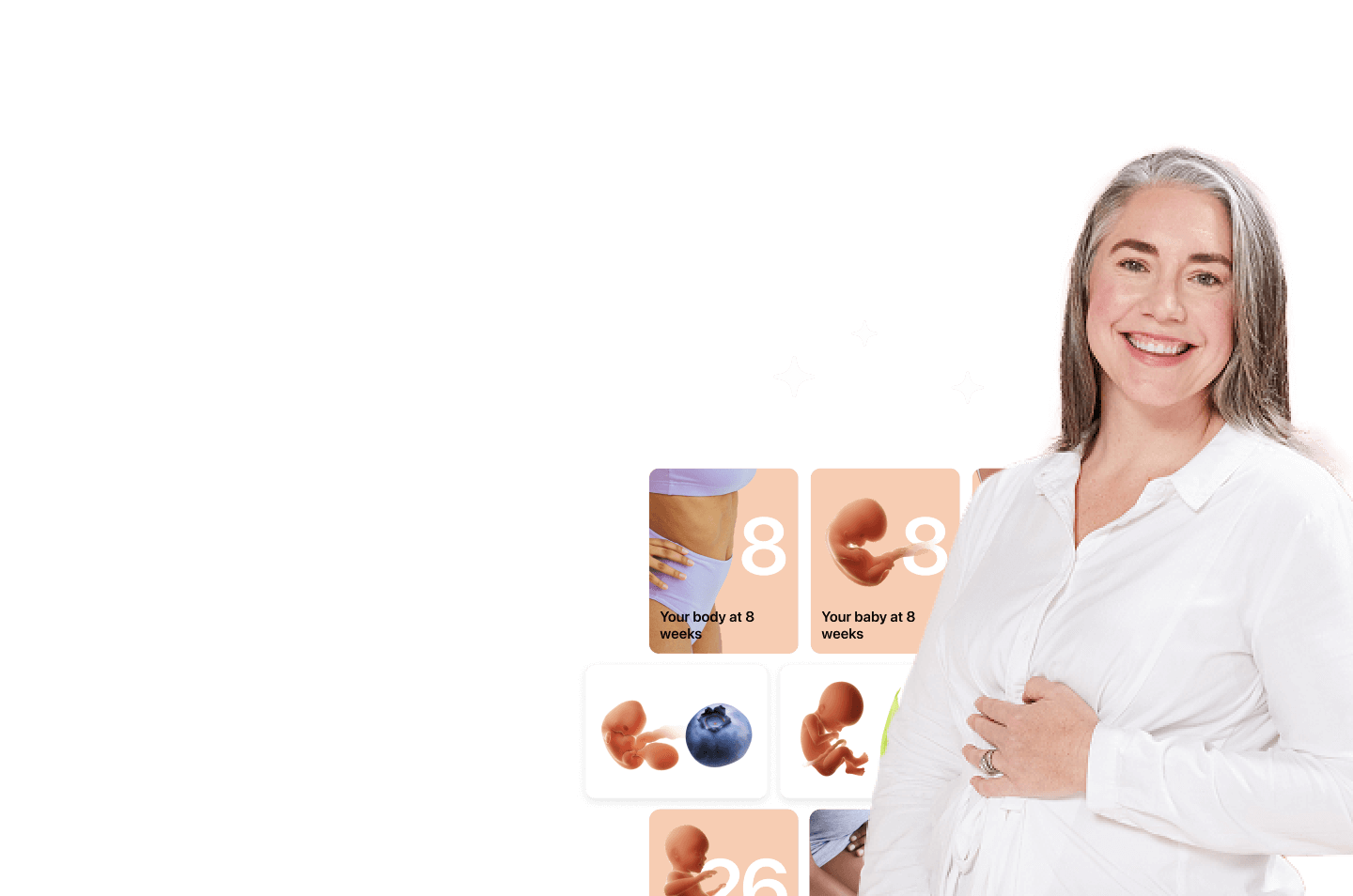
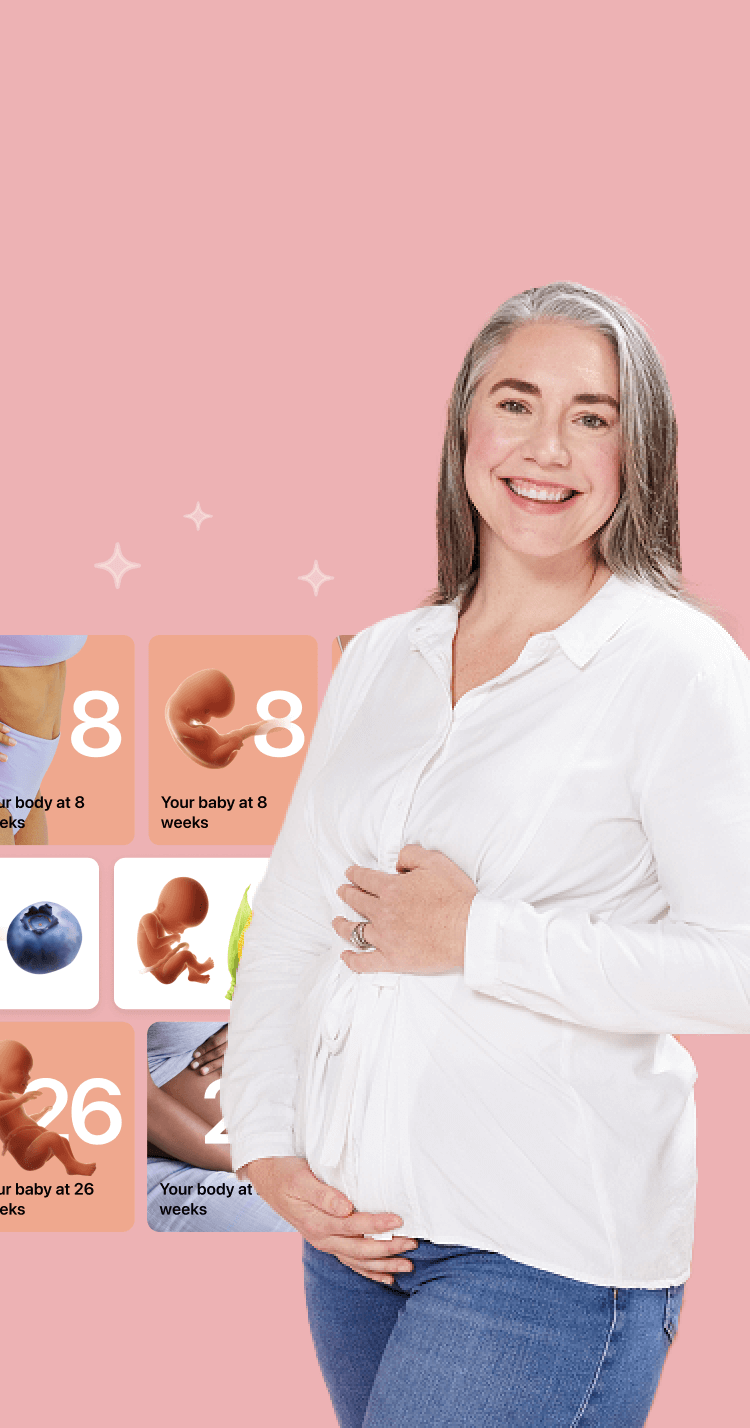
I vividly
remember the day
that we switched
Flo into
Pregnancy Mode — it was
such a special
moment.
Real stories, real results
Learn how the Flo app became an amazing cheerleader for us on our conception journey.
History of updates
Current version (15 November 2021)
Published (14 August 2019)
In this article
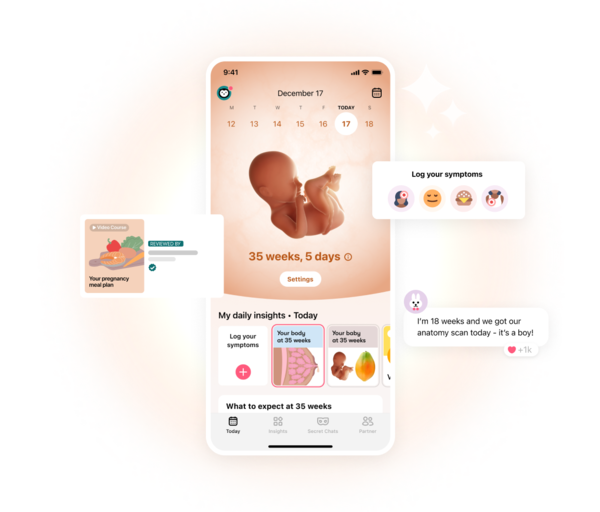
Get your personal guide to pregnancy with the Flo app
-
Follow your baby's growth week by week
-
Get expert info on symptoms, safe foods, and more
-
Chat with other parents-to-be




